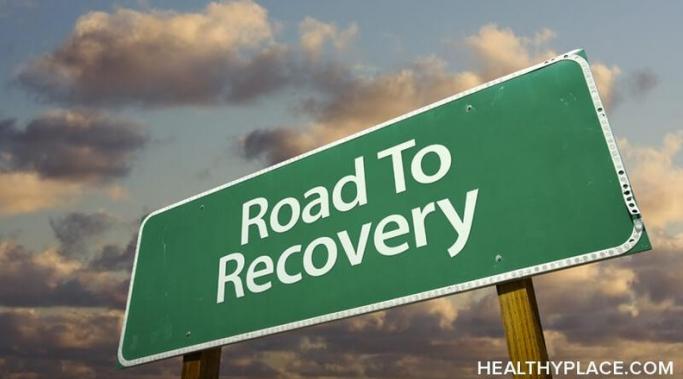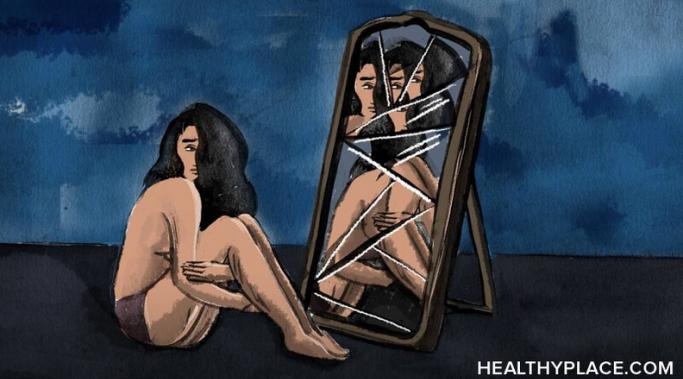"The 5 Second Rule" is not just about picking up food from the floor. It's also the title of an excellent book by Mel Robbins. It can help you create many positive changes in your life, such as becoming self-harm-free. What is this rule about, and how can you use the five-second rule to combat self-harm urges? I'll tell you all about it in this post.
Self-Injury Treatment
The year 2020 is finally coming to an end, so inevitably, New Year's resolutions are looming on the horizon. Being self-harm-free might seem like a huge commitment and a lot of pressure to put on yourself from January 1st. However, if you break it down into smaller tasks that feel both achievable and not too overwhelming, living self-harm-free can become a realistic goal.
The road to recovery is never a simple, straight path forward; it curves unexpectedly, and sometimes we find we must backtrack before we can make progress. No matter what point you're at in your own journey, a self-harm coping box can be an incredibly useful tool to help you navigate and stay on track in your recovery from self-harm.
If you struggle with self-harm, you probably don’t sleep very well. Sleeping too much or not enough often travels with emotional pain. However, poor sleep habits (known as sleep hygiene) can be detrimental to our mental health. It can increase our self-harm urges or lead to other serious problems, so practicing good sleeping habits is key to recovery.
When you're in recovery, you measure progress not by time or distance, but by milestones. If you know someone working through this process, a self-harm recovery gift can be a nice way to show your support and celebrate these milestones together.
Recovering from self-injury can put a lot of pressure on us. We expect that self-harm recovery is a simple process with no obstacles on the road. However, it’s a complicated journey, and there is no one perfect way to recover. You might stumble once or twice, but that’s okay. You can still continue where you left off.
I never thought that coping with self-harm using nature could be so effective. When I was at my lowest, nothing seemed to help control the chaos that reigned my head. My self-harm was getting out of control, to the point that I was counting down the minutes to my next episode until I started walking six miles a day.
Exercise can be a great way to let go of negative emotions and manage your self-harm urges. In particular, using yoga for self-harm prevention is beneficial as it teaches you to connect with your body and physically accept it with all its imperfections.
Shame and guilt aren't just common self-harm triggers—they are also often numbered among the scars self-injury leaves behind. Moving on is a vital part of the recovery process, but how do you forgive yourself for hurting yourself?
Self-injury, poor body image, and eating disorders often travel together. After all, a poor body image is something many self-harmers often share in common, and that poor body image can turn into an eating disorder. Developing a healthy relationship with our bodies is a crucial step towards recovery.









